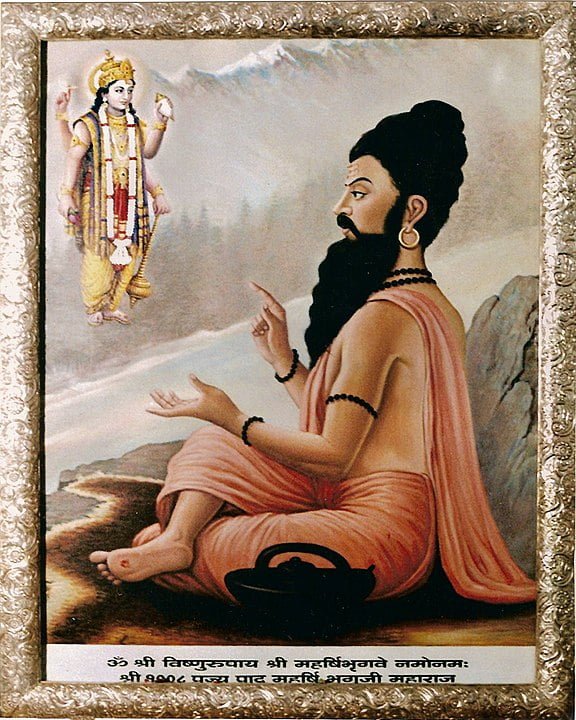Rishi, Maharshi, and Brahmarshi
Sanskrit is one of the ancient languages of India that has a rich cultural and spiritual heritage. It is the language of the Vedas, Upanishads, and Puranas that are the source of Indian philosophy and spirituality. Sanskrit terminology has a unique way of expressing spiritual concepts through symbols and metaphors. One such terminology is “Rishis” which is often used to refer to spiritual seers, sages, and prophets in Hinduism. Understanding Rishis, Maharshis, and Brahmarshis is crucial to understanding the spiritual and philosophical concepts of Hinduism.
Sanskrit Terminology: Understanding Rishis
In Sanskrit, “Rishi” means a spiritual seer, sage, or prophet. The Rishis were the great sages who composed the hymns of the Vedas, the holy scriptures of Hinduism. According to Hindu mythology, the Rishis were the direct recipients of the divine knowledge revealed by God. They were highly revered for their wisdom, spiritual insight, and knowledge of the divine. The Rishis were the custodians of the spiritual and philosophical knowledge of India, and their teachings have been passed down from generation to generation.
The Rishis were known for their austerity, meditation, and self-realization. They were the spiritual leaders of ancient India and played a significant role in shaping the spiritual and cultural heritage of India. The Vedas contain hymns composed by the Rishis, which are chanted even today during religious rituals and ceremonies.
The Rishis were known for their spiritual powers, and their teachings emphasized the importance of self-realization and spiritual enlightenment. They believed that by transcending the limitations of the material world, one could attain union with God.
The Evolution of Maharshis and Brahmarshis
Over time, the term “Maharshi” came to be used to refer to the great seers who had achieved spiritual enlightenment. The term “Maharshi” literally means a great sage, and it is used to describe those who have attained a high degree of spiritual realization and wisdom. Maharshis are highly revered for their spiritual insight and knowledge of the divine.
The term “Brahmarshi” is used to describe the highest level of spiritual realization and wisdom. Brahmarshis are considered to be the highest spiritual authorities in Hinduism. They are the spiritual leaders who have attained the highest level of realization and have transcended the limitations of the material world. Brahmarshis are highly revered for their spiritual insight and knowledge of the divine.
In Hindu mythology, there are several examples of Maharshis and Brahmarshis who have played a significant role in shaping the spiritual and cultural heritage of India. Maharshi Patanjali was the author of the Yoga Sutras, which is one of the foundational texts of yoga. Maharshi Vashishtha was the guru of Lord Ram, and his teachings are recorded in the Ramayana. Brahmarshi Vishwamitra was a powerful sage who is said to have created the Gayatri Mantra.
In conclusion, understanding the Sanskrit terminology of Rishis, Maharshis, and Brahmarshis is crucial in understanding the spiritual and philosophical concepts of Hinduism. The Rishis were the spiritual leaders of ancient India, and their teachings have been passed down from generation to generation. The Maharshis and Brahmarshis were the great sages who achieved spiritual enlightenment and were highly revered for their spiritual insight and knowledge of the divine. The teachings of these spiritual leaders have played a significant role in shaping the spiritual and cultural heritage of India.
Image credit
Ranjit Studios, Public domain, via Wikimedia Commons
